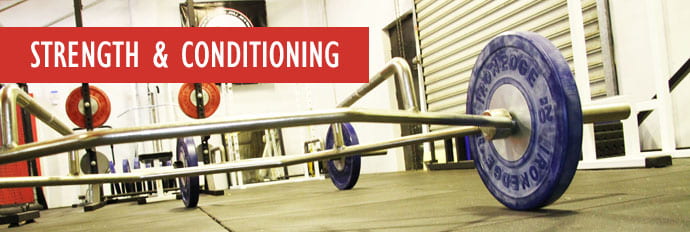Plyometrics is the stretch shortening cycle, and how a person/athlete can generate appropriate force with correct timing to perform a powerful muscle action. It is a technique that can be used in many different ways, it can help with all sorts of training and sports that involve explosive movements. When performing plyometrics you’ll do a series of fast movements like jumps or hops. Jumping up onto a bench or a box is a common plyometric exercise that involves an explosive movement. To understand plyometrics in further details you have to understand the types of muscle actions that happen in the different phases (Chu and Myer, 2013).

Eccentric actions are when the muscle lengthens under tension, this usually happens when decelerating the body. The eccentric phase absorbs force and is known as the loading phase in plyometrics. For example in a runners stride the impact of initial contact on a single foot requires the body’s centre of gravity to drop rapidly. The runner doesn’t just collapse when in the decelerating phase of the strike as the muscles in the leg respond rapidly with an eccentric muscle action which slows and controls the motion. This absorbs force and decelerates the joint segments to prepare for the next muscle actions. The ability to generate eccentric muscle force is critical to a successful performance in all sports (Chu and Myer, 2013; Pull and Ranson, 2007; Roig et al., 2009).

The isometric muscle action (amortization) or static position is when no muscle lengthening or shortening is visible. In sport this muscle action occurs for a brief instants between the eccentric and concentric action (the shortening action). The timing and execution of the isometric coupling phase will affect whether the athlete achieves increased power from the plyometric movement (Chu and Myer, 2013; Pull and Ranson, 2007).
The next muscle action is the concentric action or the unloading phase. This is the dynamic movement or the unloading movement, in running this phase of plyometrics would be associated with acceleration movement of the limb segments. The picture below helps to explain the muscle contractions and the associated movements made (Chu and Myer, 2013; Pull and Ranson, 2007).

To look at the many different plyometric exercises follow this link and give some a try.
Lower body plyometrics – http://www.chunkfitness.com/cardio/bipedal-locomotion/plyometrics/examples-plyometric-exercises
Upper body plyometrics – http://www.sport-fitness-advisor.com/plyometric-drills.html
The video below has an example of a plyometric movement, the box jump. The basic box jump has been demonstrated with the addition of 2 progressions that have been added to make the jump more challenging and to work different aspects of the muscle action phase.
References
1 – Chu, D.A. and Myer, G.D. (2013) Plyometric: Dynamic strength and explosive power. USA: Human Kinetics.
2 – Pull, M.R. and Ranson, C. (2007) Eccentric muscle actions: Implications for injury prevention and rehabilitation. Physical therapy in sport. Vol. 8, No. 2: 88-97.
3 – Roig, M., O’Brien, K., Kirk, G., Murray, R., McKinnon, P., Shadgan, B. and Reid, W.D. (2009) The effects of eccentric versus concentric resistance training on muscle strength and mass in healthy adults: a systematic review with meta-analysis. British Journal of Sports Medicine. Vol. 43, No. 8: 556-568.
